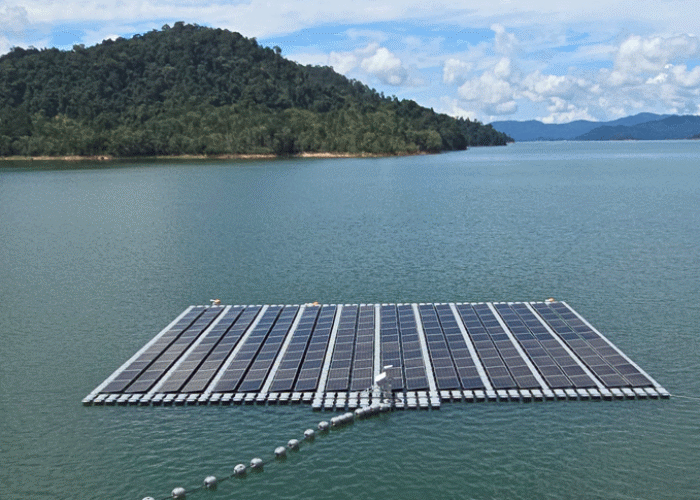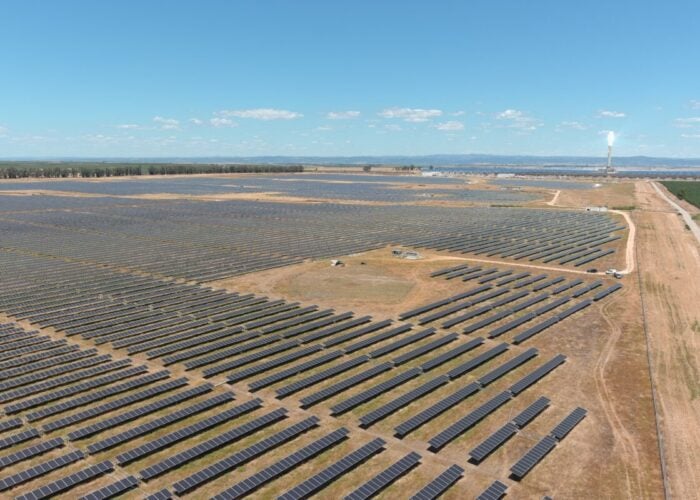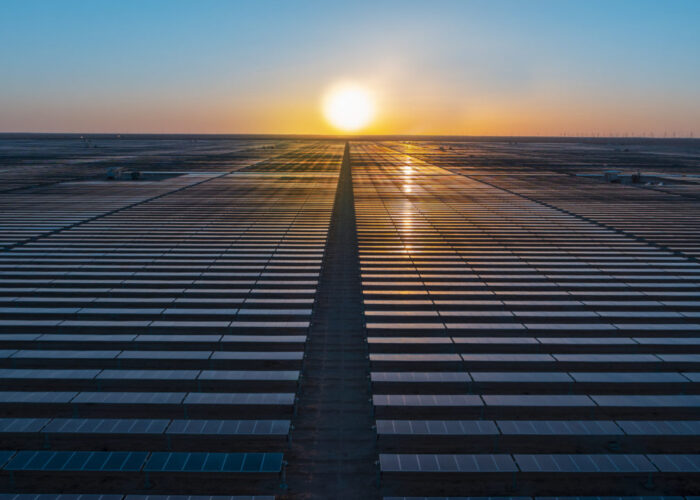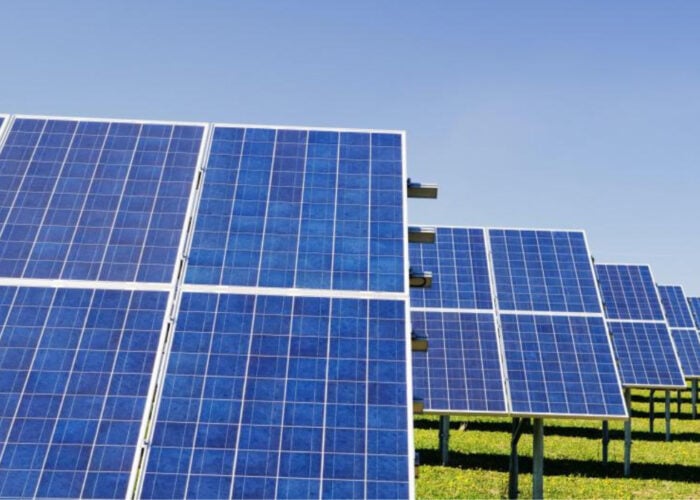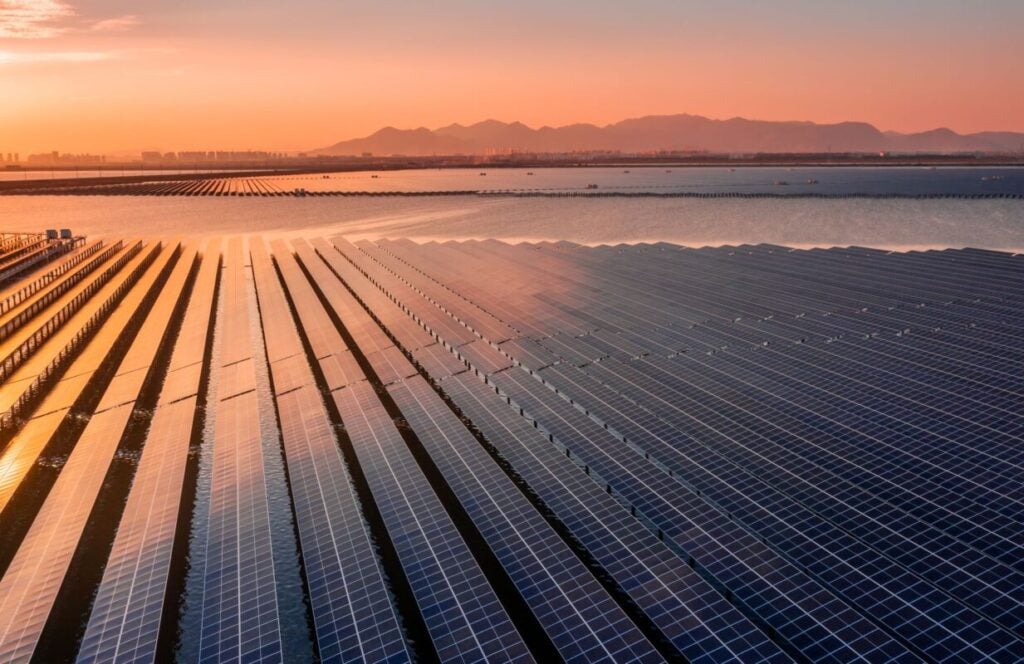
Two Chinese ministries have jointly issued a new policy to promote the full entry of grid-connected renewable energy into the power market. This move is aimed at accelerating the market-oriented reform of China’s power pricing system and marks the end of the era of fixed tariffs for solar and wind power.
On 9 February, China’s National Development and Reform Commission and National Energy Administration issued the “Notice on deepening market-oriented reform of feed-in tariff for renewables to promote high-quality development of renewable energy”, which will officially take effect on 1 June 2025.
Unlock unlimited access for 12 whole months of distinctive global analysis
Photovoltaics International is now included.
- Regular insight and analysis of the industry’s biggest developments
- In-depth interviews with the industry’s leading figures
- Unlimited digital access to the PV Tech Power journal catalogue
- Unlimited digital access to the Photovoltaics International journal catalogue
- Access to more than 1,000 technical papers
- Discounts on Solar Media’s portfolio of events, in-person and virtual
The notice’s most significant change is its reshaping of the “rules of the game” for grid-connected renewable energy power projects.
Distinguishing between existing projects and new projects, the notice states that it will adhere to a classified approach, establishing a sustainable pricing settlement mechanism for renewable energy, ensuring policy continuity for existing projects, and stabilising income expectations for new projects.
At the same time, the notice also points out that it will promote the participation of renewable energy in market transactions. In principle, all power generated by renewable projects (solar power, wind power, etc.) will enter the power market, and the feed-in tariff will be formed through market transactions. Renewable projects can participate in transactions by quotations in quantity and price, or they can accept prices formed by the market.
This means that the revenue rules for renewable energy projects will be completely changed. The era of fixed feed-in tariffs has come to an end, and the power market reform has taken another step forward.
In addition, the notice stipulates that, with 1 June as the timestamp, existing projects and new projects will be treated differently according to different “rules of the game”. Specifically, existing projects that were put into operation before 1 June will be grid-connected through differential settlement methods.
For new projects that are put into operation on or after 1 June, the scale of power included in the mechanism will be dynamically adjusted based on the achievement of renewable power generation goals in various regions. The tariff will be determined through market-based bidding in each region.
According to data from China’s National Energy Administration, as of the end of 2024, China’s installed capacity of renewables reached approximately 1.41 billion kilowatts, accounting for over 40% of the country’s total installed capacity, surpassing that of coal-fired power. With the large-scale development of renewable energy, the fixed feed-in tariff for renewables has failed to adequately reflect market supply and demand, nor has it fairly taken the responsibility of power system regulation, leading to increasingly prominent contradictions.
“The current development and construction costs of renewable projects have significantly decreased compared to the early days. The rapid development and gradual improvement of rules in regional power markets have also allowed for the full participation of renewables in the market,” explained the National Development and Reform Commission and the National Energy Administration regarding this policy adjustment.
The two ministries pointed out that the reforms include three main aspects.
The first is to promote the comprehensive formation of renewables feed-in tariff by the market. In principle, all power generated by renewable projects will enter the power market, and the feed-in tariff will be formed through market transactions.
Second, to establish a price settlement mechanism that supports the sustainable development of renewable energy. After renewable energy participates in market transactions, a sustainable price settlement mechanism will be established at the settlement stage. The settlements will be tariff-based for different power types included.
Third, to adopt differentiated policies for existing and new projects. The tariffs for existing projects will be properly aligned with current policies, while the tariffs for new projects will be determined through market-based bidding.
Power generated by renewable energy projects is characterised by randomness, volatility and intermittency. Particularly, PV power is concentrated in the middle of the day. The power supplied at noon increases significantly, leading to a noticeable price drop, while during the evening peak hours when power prices are higher, there is almost no power output. This can lead to significant fluctuations in the actual revenue that renewable energy can obtain, which is not conducive to its sustainable development.
To address this issue, the proposal suggests that a sustainable pricing and settlement mechanism shall be established for renewables while promoting its full participation in the market. For different types of power included in the mechanism, a price difference compensation will be provided when the transaction price is lower than the mechanism price, and the difference will be deducted when the transaction price is higher than the mechanism price.
The ministries have indicated that this “refund excess and supplement shortage” differential settlement methods allow companies to have reasonable and stable expectations, thereby promoting the stable and healthy development of the industry. From the perspective of foreign countries, countries with well-developed renewables sector usually adopt similar practices.

